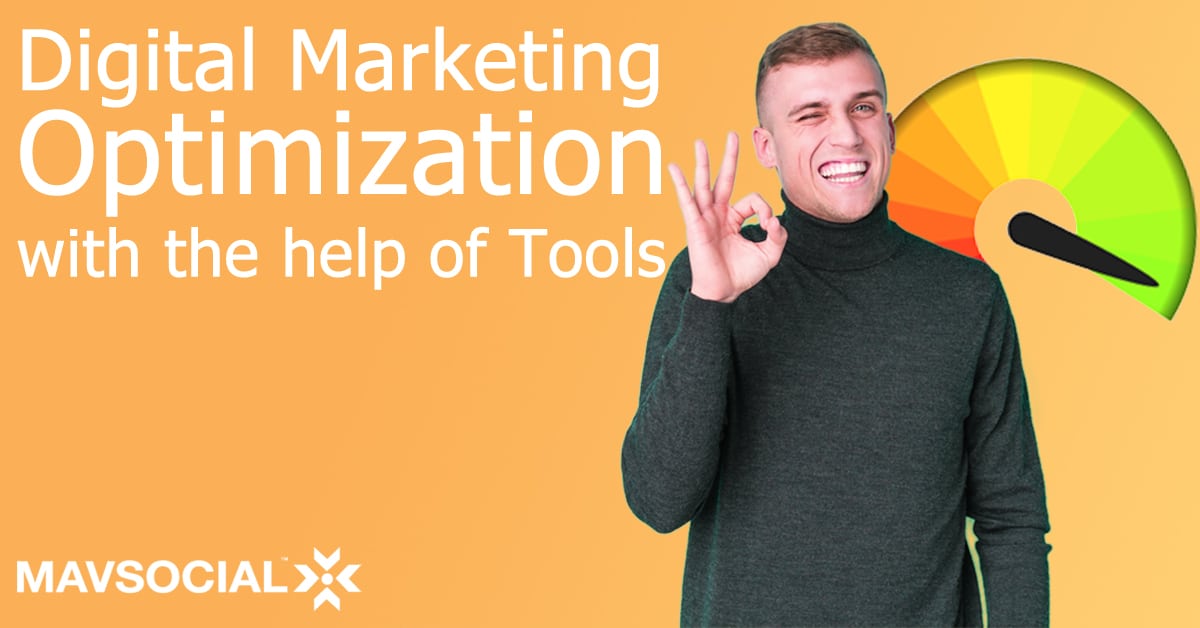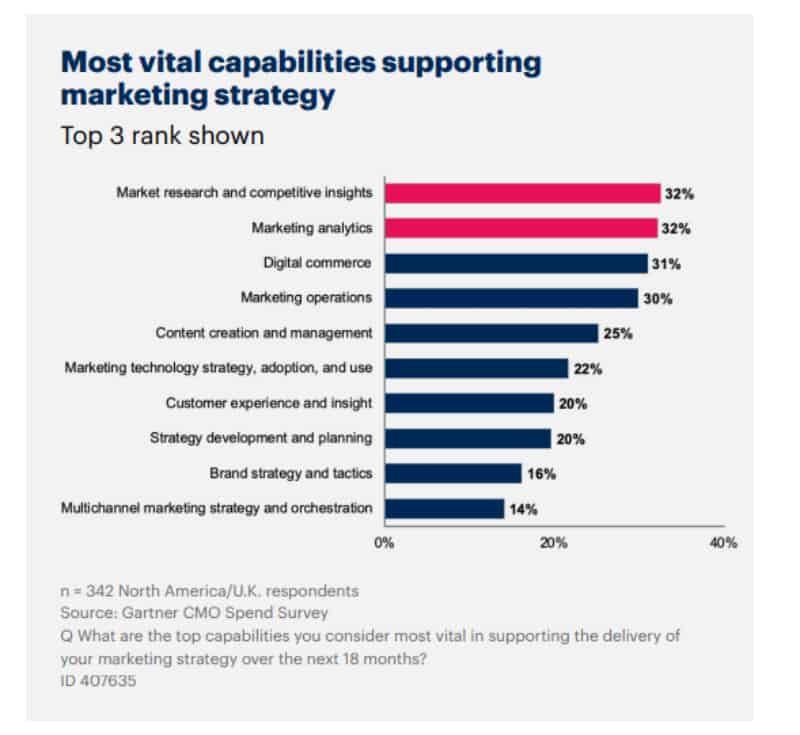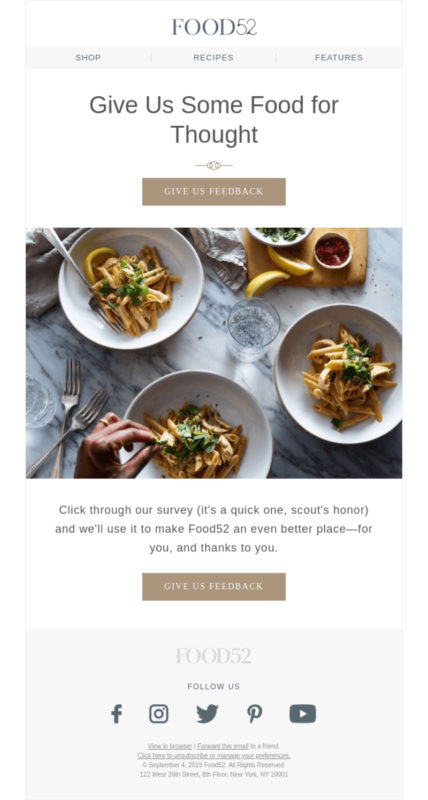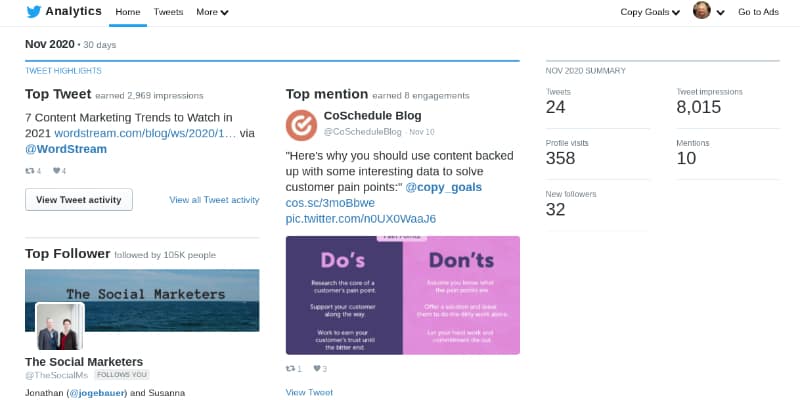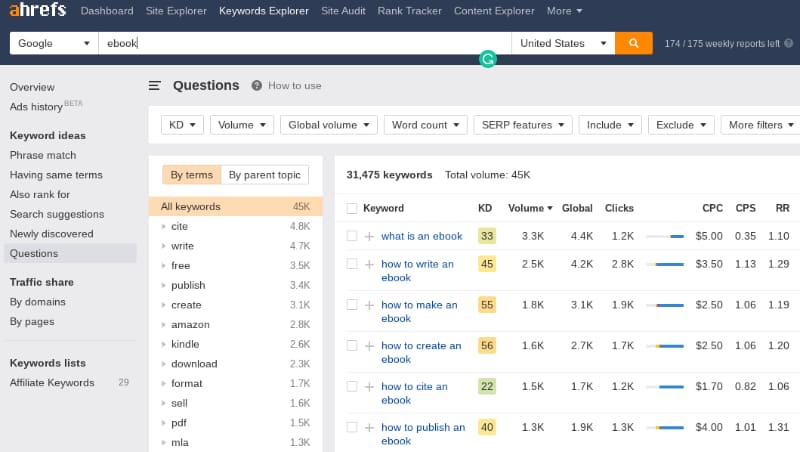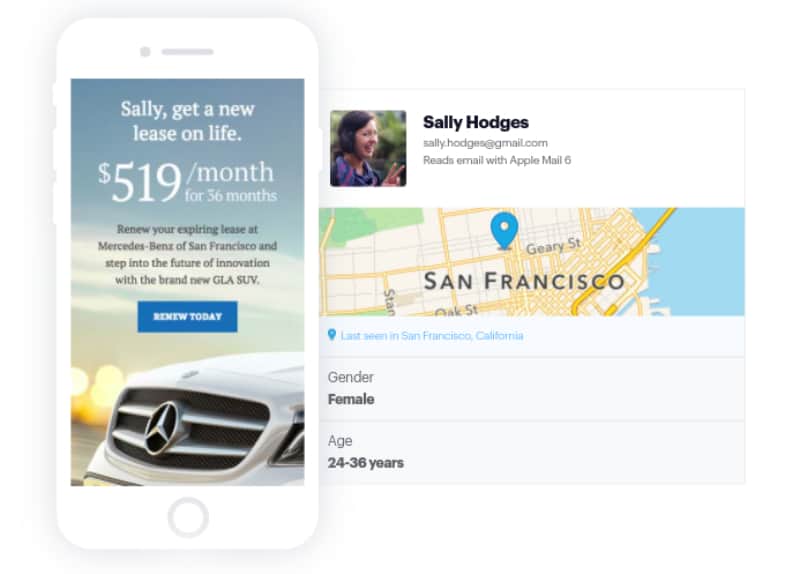Hard times have forced us all to innovate. Digital transformation has gone into hyperspeed for many industries. Plus, huge numbers of companies of all shapes and forms have taken their businesses online. It makes sense considering how consumer habits have changed of late. 28% more consumers shop online weekly than before the pandemic.
What does this all mean?
Digital marketing could be make-or-break for your business. It’s never been more important to get it right.
So, we’re going to help you take the guesswork out of digital marketing and use tools for digital marketing optimization, to increase performance and ROI.
Why Digital Marketing Optimization is So Important
CMOs rank insights and analytics as the two most important capabilities that support the delivery of their marketing strategies.
This is likely because when you gather and analyze data, the right marketing moves and decisions become much clearer.
You can use the data you gather to improve messaging, properly allocate your resources, and utilize the right marketing channels in the right way. Essentially, you’re able to put your best foot forward at all times.
Where do tools come in? Well, unless you’re some kind of spreadsheet wizard, it’s going to be difficult to collate and analyze data all by yourself. Thus, tools, particularly those that offer reporting and analytics, are going to be your good pals that give you a helping hand here.
Tools also give small businesses, freelancers, and essentially anybody without extensive resources or a large budget the chance to take a DIY approach. Tools that make it easy to collect and interpret data give every marketer the means to optimize their digital marketing efforts.
How to Optimize Digital Marketing
Digital marketing optimization is an ongoing and non-linear process. You’ll collect data, use it to create strategies and content, then continue to monitor your digital marketing and make tweaks where necessary.
1. Gather Insights
It’s important to gain a deep understanding of your audience – their interests, needs, and behaviors. This kind of research leads to better targeting and therefore increased performance. Companies that leverage behavioral insights experience 85% greater sales growth and 25% higher gross margins.
Here’s what you need to do:
Create Customer Personas
As mentioned above, you should avoid guesswork. Instead, use data to build well-informed, fleshed-out customer personas.
The kind of information you’re looking for here is:
- Demographics and the way they engage with businesses online
- Pain points
- The customer journey and key touchpoints with your business
- Preferred channels and habits on those channels
- Interests and what kind of content appeals to them
All of this is super useful information that will inform how you market to your customers.
Carry Out Surveys
One way to gather the aforementioned insights is through surveys and feedback. There are numerous tools you can use to create and place surveys on your site or within emails, for example.
Here, Food52 encourages users to participate in a survey by promising to use the information they find to improve customer experience:
Ask existing customers questions about their opinions and experiences with your product and industry. This should bring to light common pain points and how customers arrived at your company. You can also ask for demographic information and find out audience interests via surveys.
Many survey tools these days have powerful analysis features and will present the results in the form of reports, which you can sort through with advanced filters. Some even use AI to offer sentiment analysis.
Analyze Behavioral Data
For the other insights you need, i.e. aspects such as how your audience interacts with your site or marketing materials, you may wish to use analytics. Individual social media sites, for example, offer analytics reports:
Or you can use a social media tool for deeper insights across multiple platforms. For instance, MavSocial offers a number of useful reporting features for this purpose:
- Measure sentiment analysis based on customer reactions to your posts.
- Find out followers’ demographic information, e.g. gender, location.
- Compare engagement and interactions across multiple social media channels.
- See exactly how and when users engage with your posts.
- Understand customer data with handy visuals and more…
Naturally, you can go on to utilize this kind of information to build customer personas and help you make key marketing decisions. Then you’ll be able to go on to optimize posts and campaigns for your followers specifically.
2. Enhance Your Digital Marketing Strategy
To optimize your digital marketing efforts, you’ll need to look at the big picture and the small picture. For example, you might analyze rankings, open rates, click rates etc. on a granular level. But, you’ll also need to work out how all of this fits into the bigger picture, i.e. the customer journey and in relation to your key performance indicators (KPIs).
Here’s how to utilize customer insights and data:
Create Targeted Content
When you have a solid understanding of your audience’s pain points, needs, and interests, you can strengthen every piece of content you create.
Firstly, you’ll be able to craft messaging that your audience can relate to or will find appealing. Here, for example, House of Marley draws on their audience’s passion for the environment:
You could also use an SEO tool to see what questions or informational search queries people look for in relation to your niche. Then, create blog posts that answer those queries. This will bring in a targeted audience with higher purchase intent.
For instance, in Ahrefs’ Keyword Explorer, you can find a list of questions/informational queries related to your search term:
Furthermore, you may wish to segment your audience into groups according to their demographics or interests. Then only send relevant content to each group, which is possible via email marketing tools.
In this example, Campaign Monitor shows how you can personalize email using demographic information:
And finally, you could use social listening to zero in on trending topics, audience concerns, and even the kind of language your followers use.
With MavSocial, for example, you can monitor keywords related to your industry on Twitter and Instagram, and find conversations happening online.
This valuable insight will allow you to understand how people feel about certain topics or businesses and will empower you to create content that your audience is interested in and can relate to.
Essentially, a huge part of digital marketing optimization relies on being customer-centric.
Map the Customer Journey
Today’s path to purchase is complex. According to Google, there may be hundreds of touchpoints during the customer journey:
What you need to identify are the key touchpoints that will help you to achieve your business objectives. Your goal might be to increase subscribers, get more conversions or retain customers, for example.
You could use the classic analytics tool, Google Analytics to help you identify important touchpoints. Find where your site visitors come from and which sources lead to the most completed goals. This will show you where you can double down on your existing strategies and encourage growth, as well as areas where there’s room for improvement.
3. Monitor and Improve
By measuring key metrics, you’ll be able to see the impact of your marketing efforts. This will help you to refine your strategy, increase performance and get the highest ROI.
Few digital marketers and analysts consider their analytics testing “very mature”. Thus, there’s potentially a gap here which you could take advantage of. Become practiced at making the best use of analytics and you may be able to gain a competitive edge.
Here’s how to use monitoring and analytics to your advantage:
Increase ROI
You may note that a certain channel or marketing activity takes up a significant chunk of your budget, but produces few leads. Therefore, it isn’t conducive to your business goals.
By looking at metrics such as conversions or customer lifetime value, you’ll be able to work out where best to invest your budget and resources.
Tweak Your Methods
They say that you shouldn’t sweat the small stuff. But, when you optimize your digital marketing activities, you sort of have to.
The final part of optimizing your digital marketing strategy involves going into the nitty-gritty details and continuing to improve upon your methods.
By looking at reports and analytics, you’ll be able to refine your marketing tactics. To give you just one example, you could see when your audience is online and post on social media at optimal times.
And there are further tools you can use to refine content or marketing materials. For example, you might use an A/B testing tool to perfect a blog post headline or email copy.
As you can see, optimization of digital marketing never really stops. Hopefully, this means that the results of your digital marketing only get better.
Final Word
A data-driven approach is the way forward. You have to be strategic if you hope to meet more of your business objectives and increase revenue.
So, leverage customer insights to streamline your marketing efforts and get the most out of everything you do. Track customer interactions to continue to improve on your digital marketing strategy. Figure out what’s driving the best results for your business, while serving your customers and you’re onto a winner.
And of course, tools can help you every step of the way, from gathering and presenting the data for you to giving you the means to measure and work on performance.
